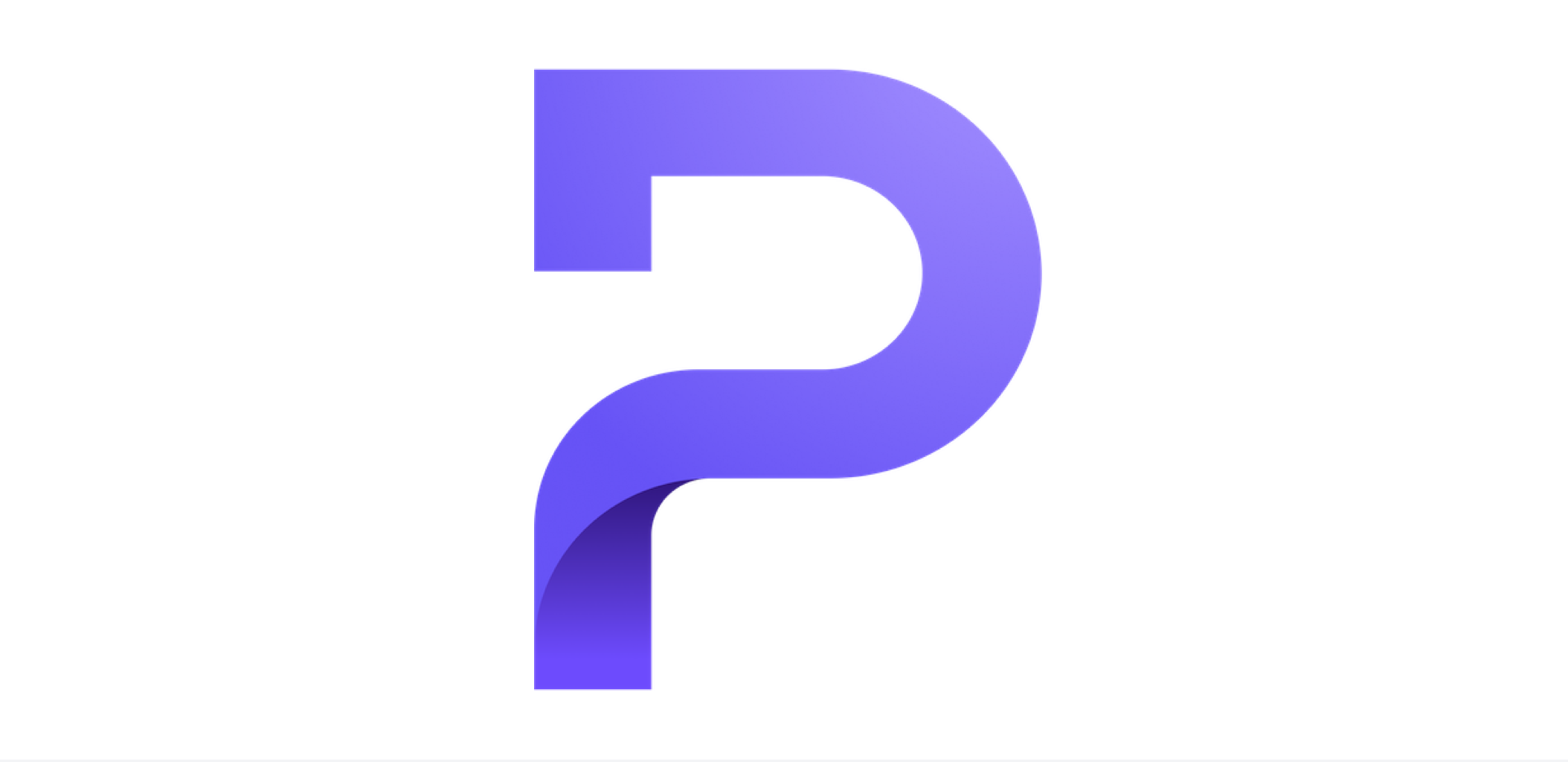Update: We no longer use Google Analytics for metrics used to better serve our users. We’re instead using a self hosted version of Matomo. For more details about our analytics and logging policies, please visit our privacy policy(neues Fenster).
Many people have asked us why a service that promises users are anonymous is using Google Analytics. First, we just want to be very clear that Google Analytics is only used on our home page and our blog. It is NOT used on any of the back-end pages that users view when checking their email.
That being said, our use of Google Analytics is not contrary to our mission to keep users anonymous. Like any web service, we do need to have some analytics as this provides important information on users demographics that allow us to better serve Proton users. For example, by looking at aggregate information like geographic distribution, we can better prioritize which languages we should support next. Then, a view of the most popular resolutions and browsers used to access Proton Mail allows us to decide which browser support to prioritize based on what most users want.
However, typically if you want to collect these aggregate statistics without the use of third party tools like Google Analytics, it is necessary to analyze server side logs. But to keep users anonymous, we perform minimal logging on our servers. Basically, we don’t have any logs that allow us to link a particular account to a certain IP address. So it is because of the fact that we have no logs that we need to use Google Analytics.
The main identification information that Google has via analytics is which IP addresses visit our home page. This itself is not any special information because your ISP would also have this information and it is impossible to tie this information to any specific account because Proton Mail has no logs on our end that would allow a third party to match an IP with an account.






